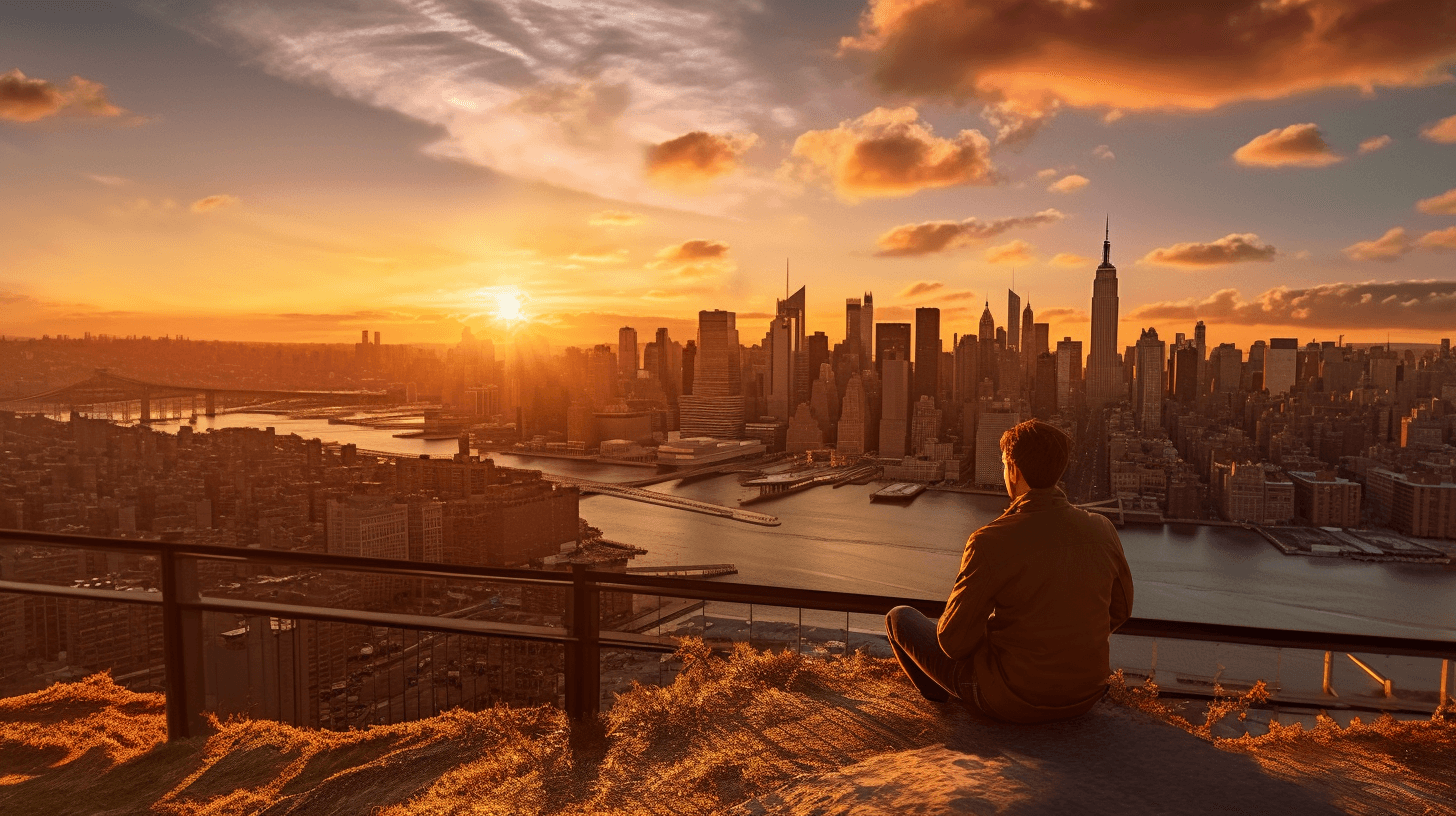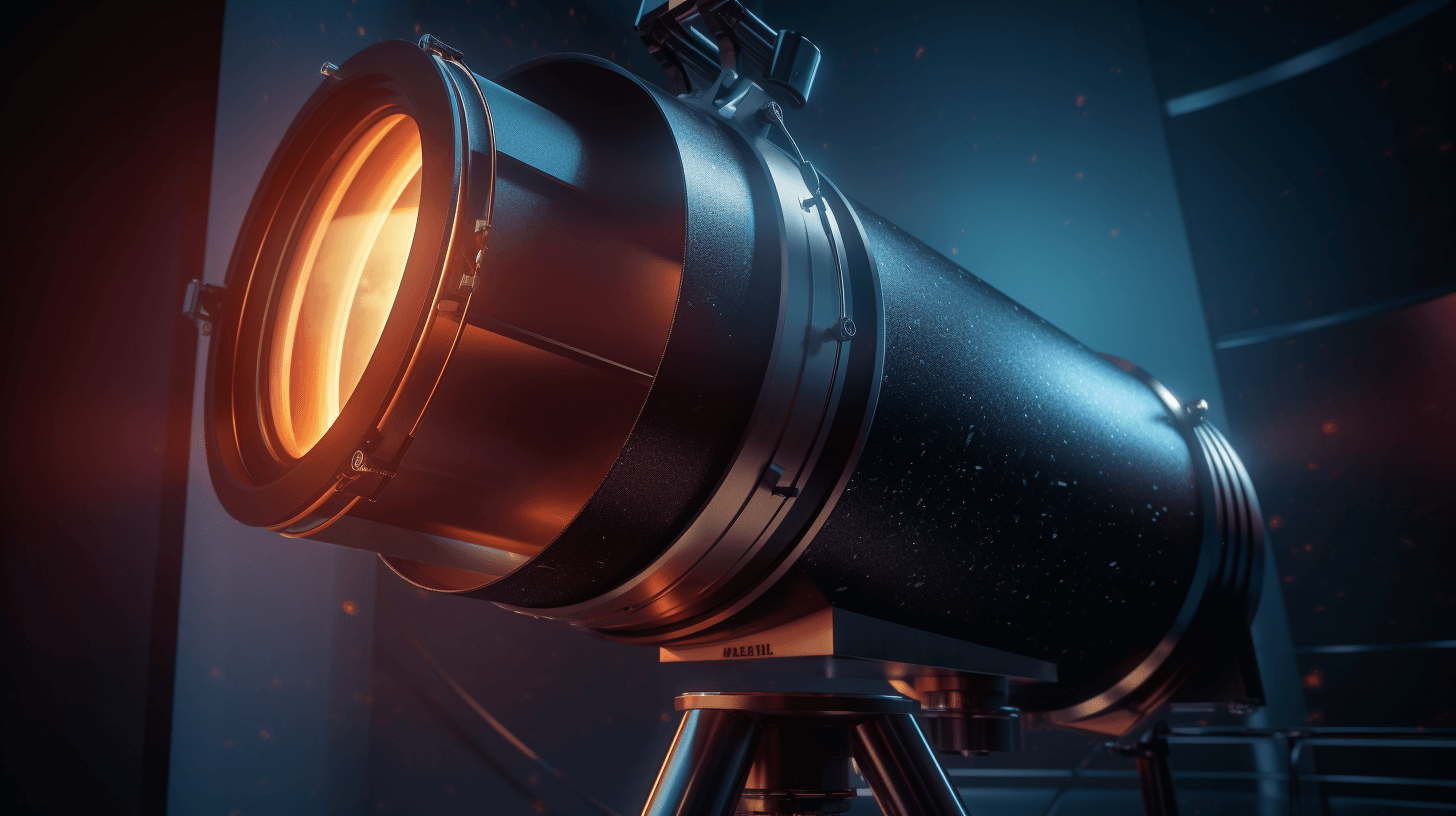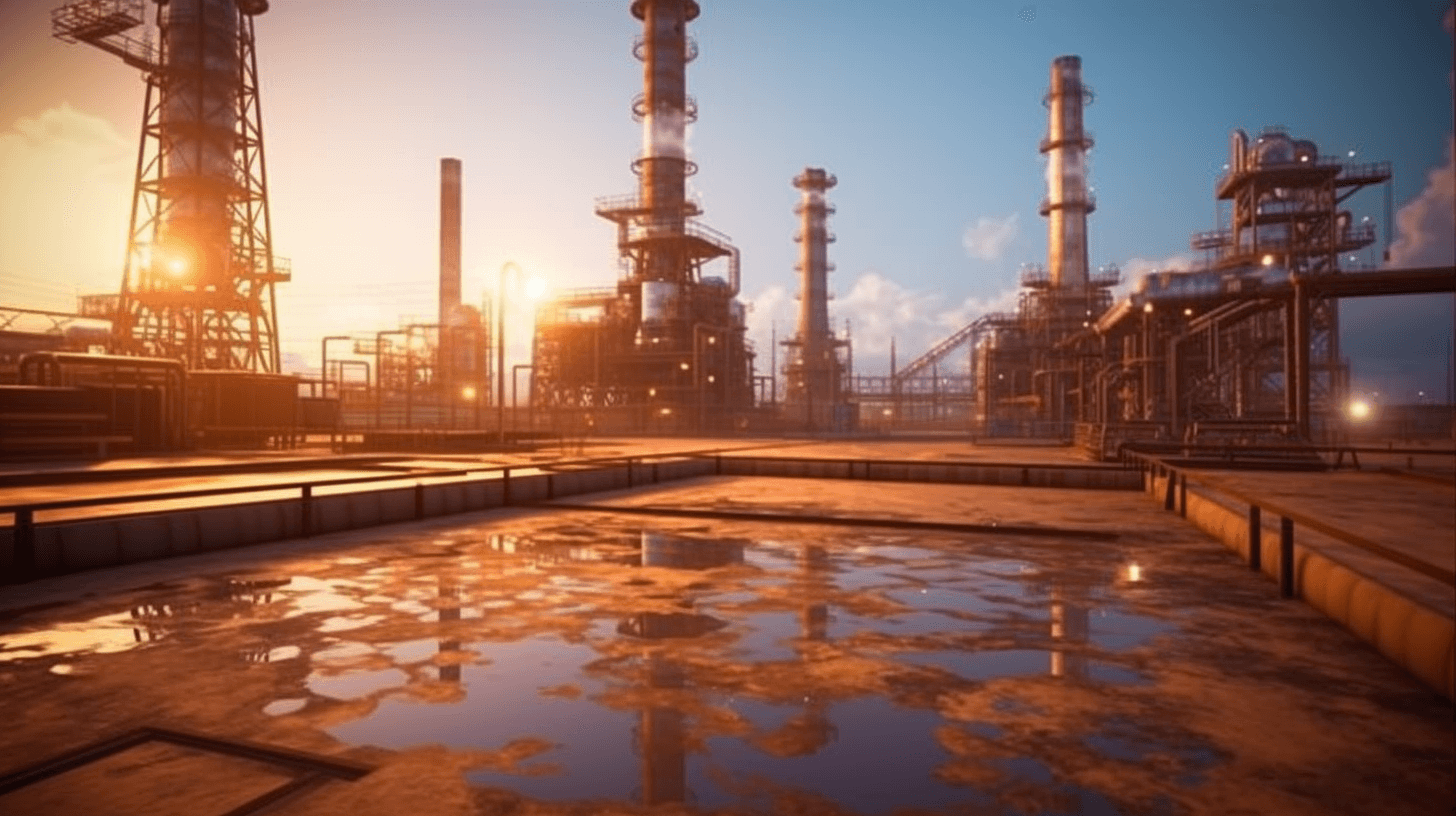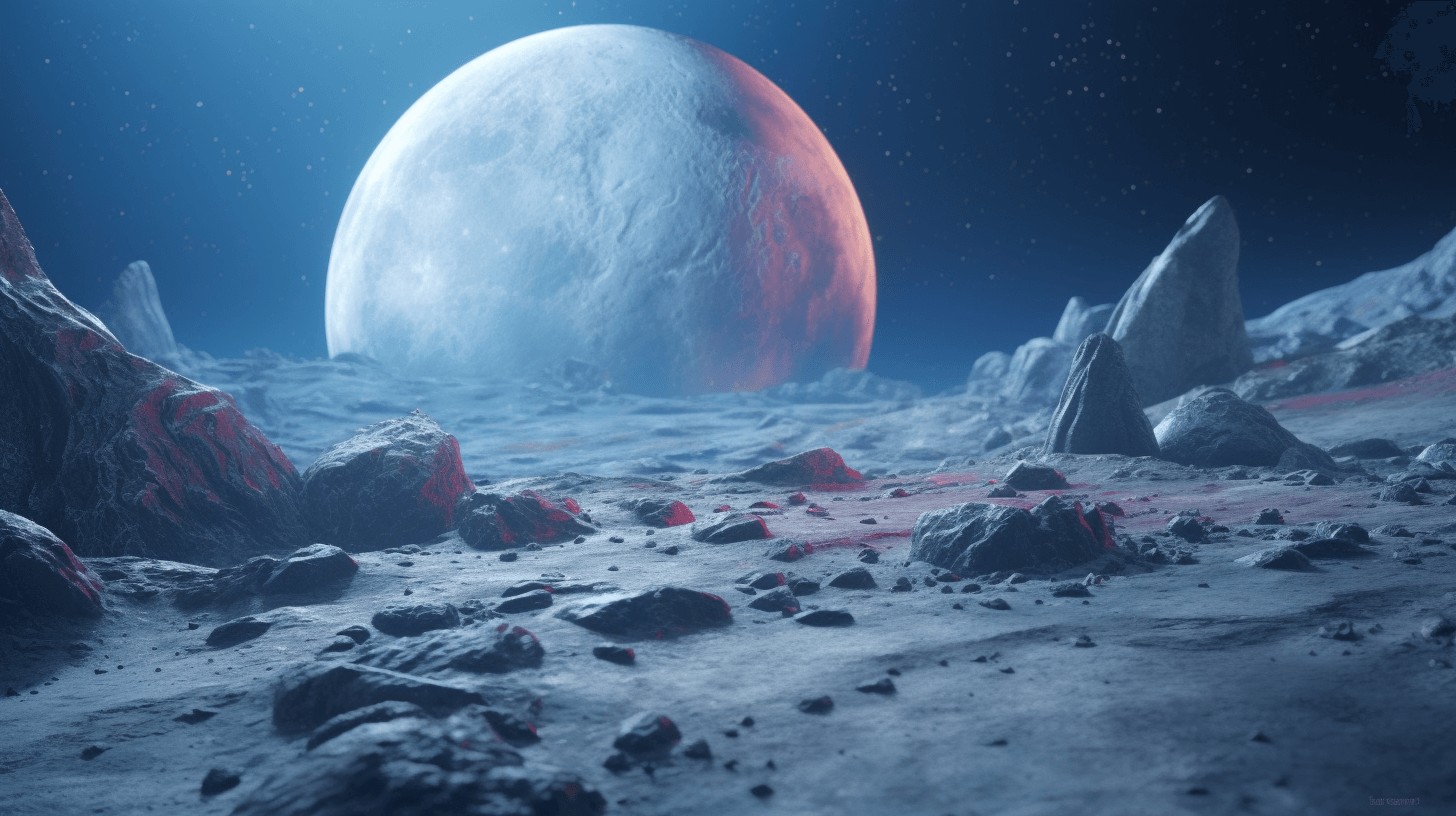🏙️🌞Da Manhattanhenge Stay Back: Planny Nani Kine Sunsets Ova New York
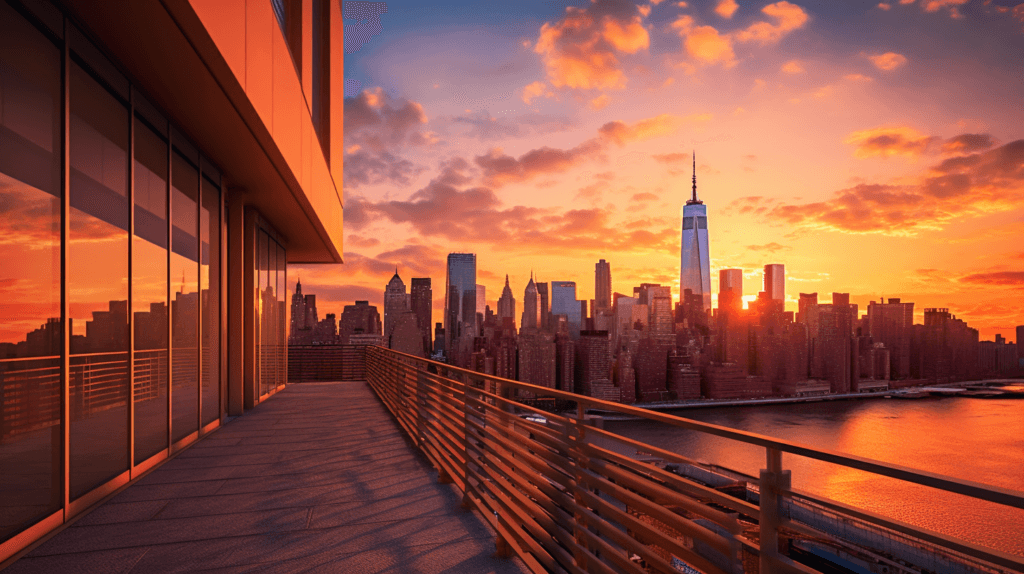
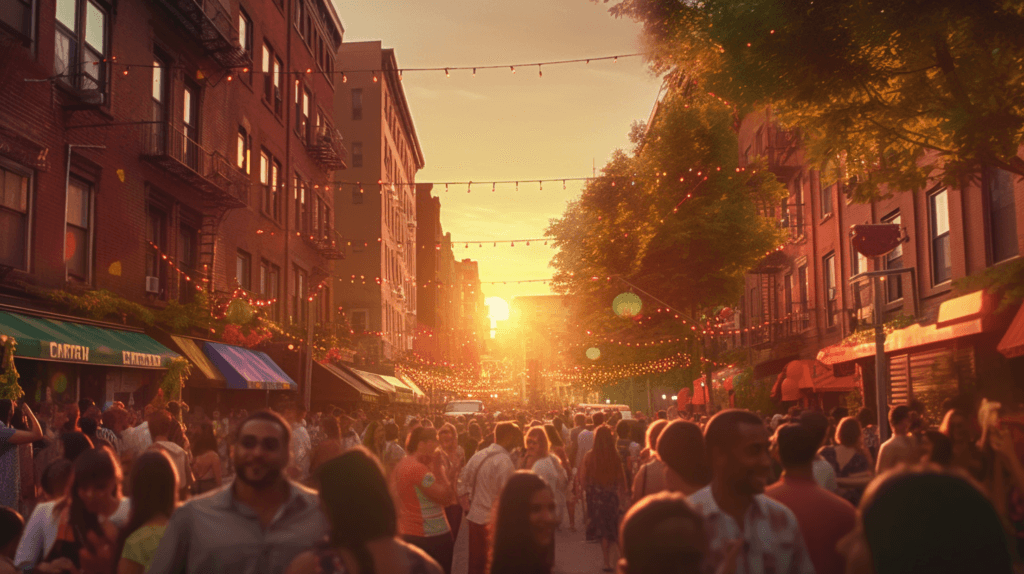

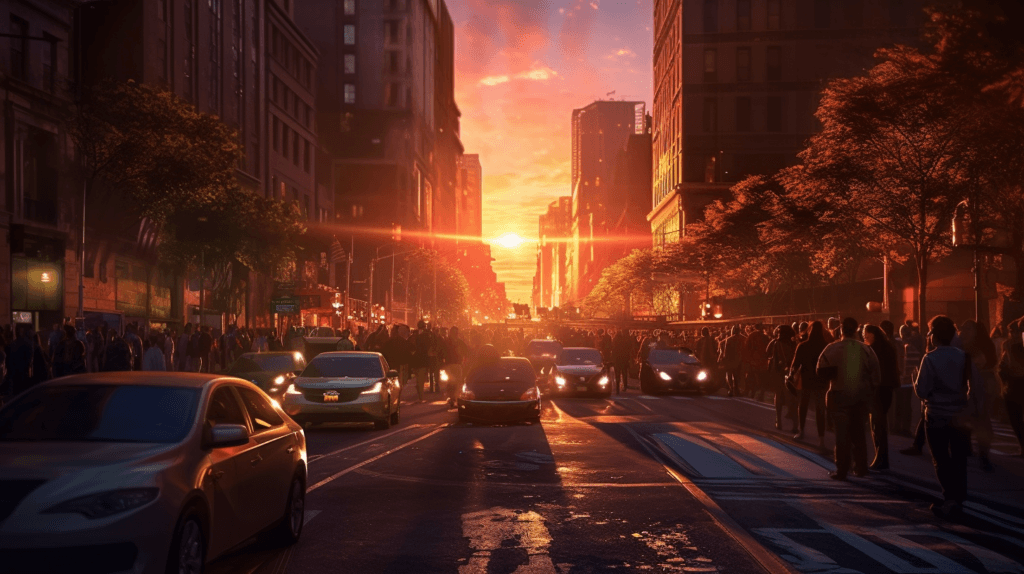
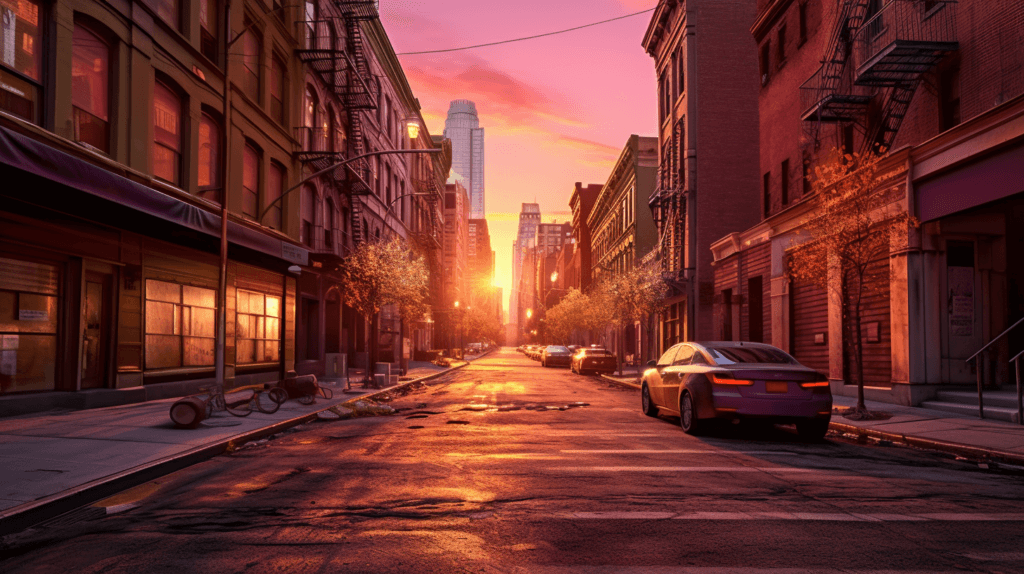
Ey, brah! Ready yo’ eyes an’ cameras cuz get one spesho kine show coming. 🌇🌆 Eryting stay lining up fo’ notha round of da best kine sunsets of da year in our big city. Time fo’ all da New York kine peeps fo’ get all stoked bout da sun going moemoe (sleep).
Manhattanhenge stay coming back, yah! If da weather stay good, den can see four of da most cherry kine sunsets of da year right hea in New York City. 🌅
Da name Manhattanhenge, it’s like one big mahalo to Stonehenge, da old kine rock ting in da English countryside wea da sun go sleep an’ wake up during da summer an’ winter solstices. Da kahiko (old) monument was purposely built fo’ religious an’ spiritual kine stuff. Now, da grid of New York City, das not designed wit sunsets in mind, but guess what, it stay working in da same way! 🌇 Across four days ery May an’ July, it can bring peeps togeda to look up an’ feel awe for wea we stay in da cosmos as da sun takes one nap into da horizon, disappearing right along da city’s big west-east corridors.
One kine event like Manhattanhenge can make da whole borough stop, call out peeps to enjoy an oddawise normal daily sunset. 🌞
New York, already one magical place, get even more nani (beautiful) wit da Manhattanhenge sunsets. Da streets light up wit da glow of deep orange an’ pink colors, making da busy streets one place fo’ pause an’ say, “wow.” 😮
Manhattanhenge so famous cuz da sunset choke gorgeous. Da sun give one aloha kiss to da grid of one of da greatest cities, if not da greatest city in da world, and touch da whole corridor of da concrete jungle wit these amazing golden hues. It’s one beautiful ting. 🏙️🌇
So when can see Manhattanhenge? You get four chances to see um — twice in da spring an’ twice in da summer, on eitha end of da summer solstice, da longest day of da year, on June 21.
Da May showings going start at da end of da long Memorial Day weekend:
- Monday, May 29, half sun at 8:13 p.m. Eastern time.
- Tuesday, May 30, full sun at 8:12 p.m.
Da weather guys from National Weather Service, dey say weather conditions stay mixed fo’ da May viewings of Manhattanhenge. Forecasts show clear conditions in da coming hours ahead of Monday evening’s half sun viewing. But weather guys downgraded conditions for da full sun show on Tuesday night, saying dey anticipate hazy conditions an’ mo’ clouds. 🌥️
Fo’ July, you get two more chances to see one grid-perfect sunset:
- Wednesday, July 12, full sun at 8:20 p.m.
- Thursday, July 13, half sun at 8:21 p.m.
Is da view bettah in May or July? Both times stay equally good. But da weather in May tends to be more kolohe (mischievous), so July might be da mo’ solid bet fo’ good viewing. Plus, in July, it comes at late evening an’ da middle of summer when every kine people stay out in da streets. Fo’ dat reason, mo’ peeps likely to see Manhattanhenge, even if by accident. 🏖️
So, what’s da difference between a half sun an’ a full sun? It’s one small but meaningful kine difference — da half sun look like da sun stay cut in half an’ just grazing da horizon, while da full sun, wea da complete orb touches da pavement, is da real star of da show. ⭐🌞
Why does Manhattanhenge happen? We get to see dis kine heavenly event cuz of one mix of da approaching summer solstice, da grid design of da city an’ da natural shape da island of Manhattan took on during da last ice age.
Long time ago, about 18,000 years ago, da massive ice sheet atop North America started to melt, carving out Manhattan island an’ da modern landscape on which da city was built. We tink dat Manhattan Island runs north-south. But it no stay run north south; it runs northeast to southwest, said one architectural historian.
Dis orientation, along with da street design, let da setting sun to put on dis show. Da grid system was designed fo’ Manhattan before was even an official New York City. Da Commissioners’ Plan of 1811 put 90-degree blocks into motion fo’ da official design of da city. An’ guess what, dis was mostly fo’ da real estate market: Most home buyers no like buy lots cut into weird angles.
So above 14th Street an’ below 155th Street, da city is cut into a grid. When da Earth tilts toward an’ then away from da sun during da summer solstice, our beloved Manhattanhenge is da result. It also show how da structures built by people interact with da natural world.
“Things like dis stay deeply connected not just to da actual architecture of da universe around us, but to our interaction with it,” said one astronomer at Columbia University. “Da city is an extension of us.”
Dis same astronomer adds that just like Stonehenge, Manhattanhenge helps us find patterns in our surroundings an’ make sense of dem. 🗿
So, where da best places fo’ watch? Any place within da grid system above 14th Street can give you some sort of a view. You also need to have a clear view of New Jersey, an’, “You really have to be in da middle of da street for da full effect, which is one tad dangerous.”
Ideally, pick one street with wide avenues an’ one median dat you can stand on an’ watch from safely. If get one big hill, your view going be blocked. Some suggest 72nd Street, instead of da usual 42nd Street. But if you like join da crowds further downtown, Pershing Square is prime viewing, as is da area above Grand Central Station in da taxi line. While da New York Police Department tries to shut down viewing there every year, photographers crowd da location and it can get kind chaos.
Manhattanhenge also can see from outside of Manhattan. In Brooklyn or Queens, there are a variety of locations where you can see straight across da city to New Jersey. Fo’ da best experience off the island, some recommend Gantry State Park in Queens.
As for Covid concerns in Manhattanhenge crowds, da Centers for Disease Control and Prevention says that da risk of transmission is less likely outdoors. But in a large gathering where it is difficult to avoid proximity to people outside your home, wearing a mask for da duration of a sunset may be one safe bet. 😷👥
So, grab your cameras, sit back, an’ enjoy da magical show of Manhattanhenge, braddahs an’ sistahs! Let’s enjoy dis nani sight togeda! 🌇📸
NOW IN ENGLISH
🏙️🌞 Manhattanhenge Is Back: Spectacular Sunsets Over New York
Hey, folks! Ready your eyes and cameras because there’s a special show coming. 🌇🌆 Everything’s lining up for another round of the best sunsets of the year in our big city. It’s time for all New Yorkers to get excited about the sun setting.
Manhattanhenge is coming back, yes! If the weather is good, then you can see four of the most beautiful sunsets of the year right here in New York City. 🌅
The name Manhattanhenge, is a big nod to Stonehenge, the ancient stone monument in the English countryside where the sun rises and sets during the summer and winter solstices. The ancient monument was purposely built for religious and spiritual practices. Now, the grid of New York City, it wasn’t designed with sunsets in mind, but guess what, it works in the same way! 🌇 Across four days every May and July, it can bring people together to look up and feel awe for our place in the cosmos as the sun sets into the horizon, disappearing right along the city’s vast west-east corridors.
An event like Manhattanhenge can make the whole borough pause, draw people out to enjoy an otherwise normal daily sunset. 🌞
New York, already a magical place, becomes even more beautiful with the Manhattanhenge sunsets. The streets light up with the glow of deep orange and pink colors, making the bustling streets a place for pause and wonder. 😮
Manhattanhenge is so famous because the sunset is incredibly gorgeous. The sun says goodbye to the grid of one of the greatest cities, if not the greatest city in the world, and bathes the entire corridor of the concrete jungle with these amazing golden hues. It’s a beautiful thing. 🏙️🌇
So when can you see Manhattanhenge? You get four chances to see it — twice in the spring and twice in the summer, on either end of the summer solstice, the longest day of the year, on June 21.
The May showings are going to start at the end of the long Memorial Day weekend:
Monday, May 29, half sun at 8:13 p.m. Eastern time. Tuesday, May 30, full sun at 8:12 p.m. The weather guys from the National Weather Service, they say weather conditions are mixed for the May viewings of Manhattanhenge. Forecasts show clear conditions in the coming hours ahead of Monday evening’s half sun viewing. But weather guys downgraded conditions for the full sun show on Tuesday night, saying they anticipate hazy conditions and more clouds. 🌥️
For July, you get two more chances to see a grid-perfect sunset:
Wednesday, July 12, full sun at 8:20 p.m. Thursday, July 13, half sun at 8:21 p.m. Is the view better in May or July? Both times are equally good. But the weather in May tends to be more unpredictable, so July might be the more reliable bet for good viewing. Plus, in July, it comes at late evening and the middle of summer when everyone’s out in the streets. For that reason, more people are likely to see Manhattanhenge, even if by accident. 🏖️
So, what’s the difference between a half sun and a full sun? It’s a small but meaningful difference — the half sun looks like the sun is cut in half and just grazing the horizon, while the full sun, where the complete orb touches the pavement, is the real star of the show. ⭐🌞
Why does Manhattanhenge happen? We get to see this heavenly event because of a mix of the approaching summer solstice, the grid design of the city and the natural shape the island of Manhattan took on during the last ice age.
Long time ago, about 18,000 years ago, the massive ice sheet atop North America started to melt, carving out Manhattan island and the modern landscape on which the city was built. We think that Manhattan Island runs north-south. But it doesn’t run north south; it runs northeast to southwest, said an architectural historian.
This orientation, along with the street design, allows the setting sun to put on this show. The grid system was designed for Manhattan before it was even an official New York City. The Commissioners’ Plan of 1811 set 90-degree blocks into motion for the official design of the city. And guess what, this was mostly for the real estate market: Most home buyers don’t like to buy lots cut into weird angles.
So above 14th Street and below 155th Street, the city is cut into a grid. When the Earth tilts towards and then away from the sun during the summer solstice, our beloved Manhattanhenge is the result. It also shows how the structures built by humans interact with the natural world.
“Things like this are deeply connected not just to the actual architecture of the universe around us, but to our interaction with it,” said an astronomer at Columbia University. “The city is an extension of us.”
This same astronomer adds that just like Stonehenge, Manhattanhenge helps us find patterns in our surroundings and make sense of them. 🗿
So, where are the best places to watch? Any place within the grid system above 14th Street can give you some sort of a view. You also need to have a clear view of New Jersey, and, “You really have to be in the middle of the street for the full effect, which is a tad dangerous.”
Ideally, pick a street with wide avenues and a median that you can stand on and watch from safely. If there’s a big hill, your view will be blocked. Some suggest 72nd Street, instead of the usual 42nd Street. But if you prefer to join the crowds further downtown, Pershing Square is prime viewing, as is the area above Grand Central Station in the taxi line. While the New York Police Department tries to shut down viewing there every year, photographers crowd the location and it can get a bit chaotic.
Manhattanhenge can also be seen from outside of Manhattan. In Brooklyn or Queens, there are a variety of locations where you can see straight across the city to New Jersey. For the best experience off the island, some recommend Gantry State Park in Queens.
As for Covid concerns in Manhattanhenge crowds, the Centers for Disease Control and Prevention says that the risk of transmission is less likely outdoors. But in a large gathering where it is difficult to avoid proximity to people outside your home, wearing a mask for the duration of a sunset may be a safe bet. 😷👥
So, grab your cameras, sit back, and enjoy the magical show of Manhattanhenge, brothers and sisters! Let’s enjoy this beautiful sight together! 🌇📸”

